Intel’s 11th Gen Core processors had the highest failure rate among all consumer CPUs between the years 2019 and 2021. This data was compiled by Puget Systems using the data collected over the last 3 years. The system builder used the following processor families to calculate the below percentages:
- AMD Ryzen 5000 Series
- AMD Threadripper 3000 Series
- AMD Threadripper Pro 3000 Series
- Intel Core 10th Gen
- Intel Core 11th Gen
- Intel Core X 10000 Series
- Intel Xeon W 2200
- Intel Xeon Scalable 2nd Gen
Out of the seven Intel/AMD stacks, the 11th Gen Rocket Lake-S processors had the highest failure rate between 2019 and 2021. With a shop failure rate of 5.28% and a field failure rate of 1.32%, these SKUs were part of a very unique generation. Backported from 10nm and released mid-cycle, the Cypress Cove core architecture was redesigned to work with Intel’s 14nm process. This was likely the reason behind the high failure rate, especially if you consider the fact that the 10th Gen lineup (also fabbed on the same node) had a failure rate of less than 0.3%.
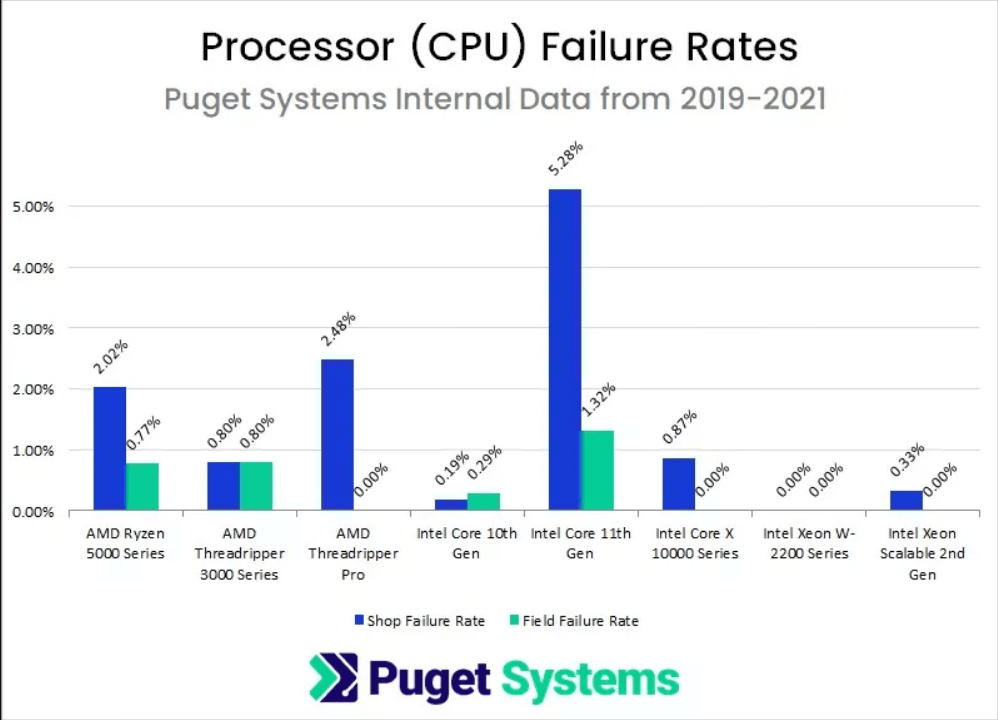
AMD’s Ryzen 5000 CPUs had a shop failure rate of 2% and a field failure rate of 0.77%. The Threadripper 3000 series had a shop and field failure rate of 0.80%, with the Pro range having a 0 field failure rate and a 2.48% shop failure rate.
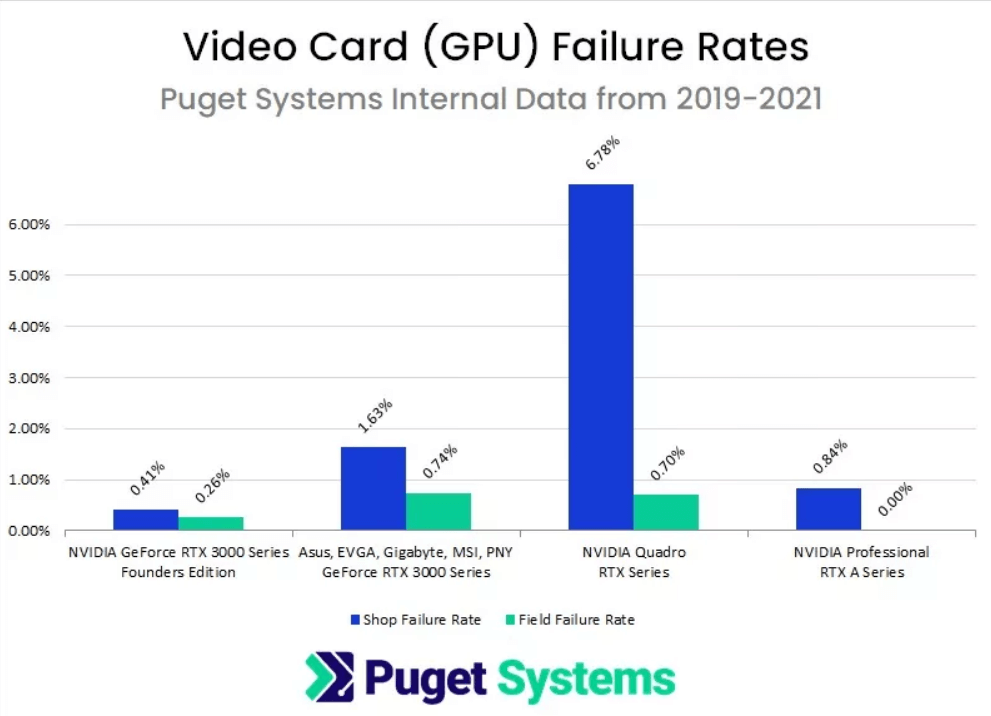
Looking at graphics cards, we have the GeForce RTX 30 series (Founders and AIB variants), the NVIDIA Quadro RTX series, and the NVIDIA Professional RTX A series. AMD’s Radeon RX 6000 and Instinct were largely absent due to limited supplies. Interestingly, the Founders Edition cards had a much lower failure rate (0.26-0.41%) than the AIB cards (0.74-1.63%), proving that the craftsmanship of these cards isn’t just limited to aesthetics.
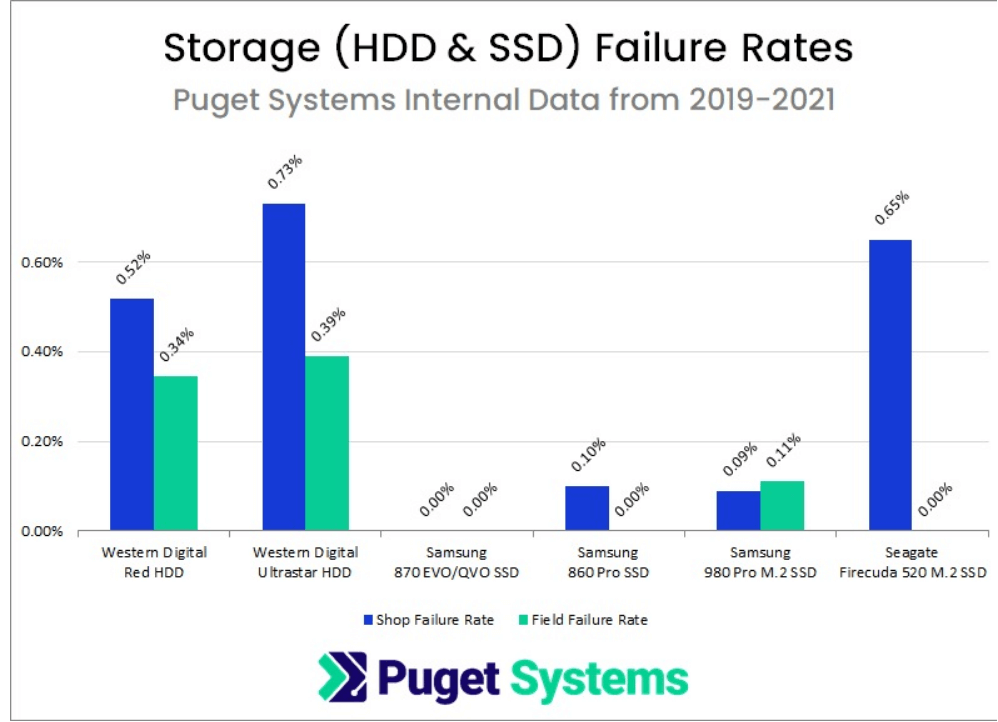
Among SSDs, Samsung’s 800 and 900 series offerings had a nearly flawless record, with failure rates of just 0.10%. The Samsung 870 EVO/QVO lineup had a remarkable 0 failure rate, cementing the Korean chipmaker’s reputation as the premier NAND manufacturer.
Source: PugetSystems
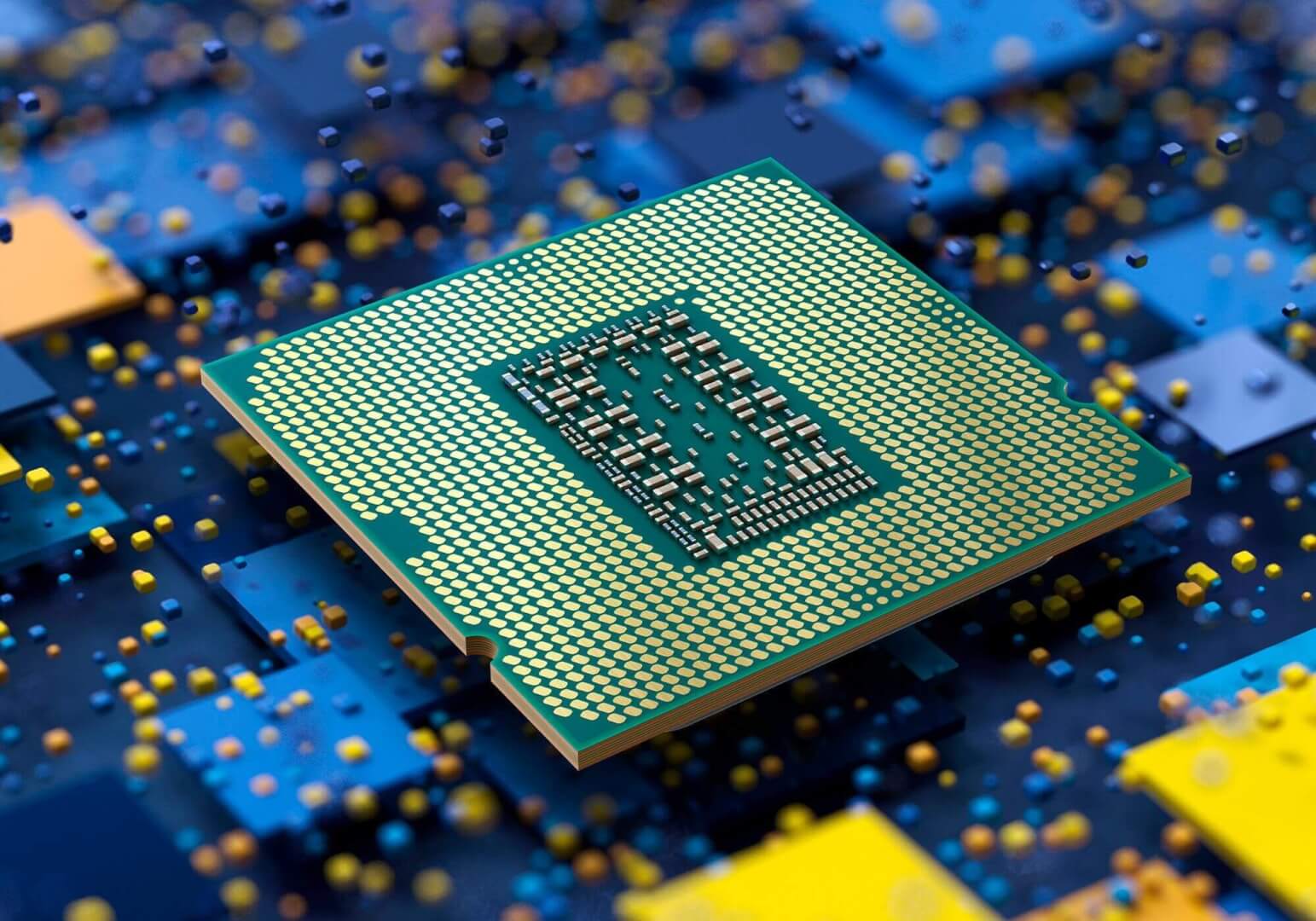
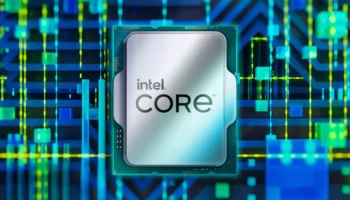 Intel Core i9-13900K Performance Drop with Baseline Profile on B760 Boards Explored
Intel Core i9-13900K Performance Drop with Baseline Profile on B760 Boards Explored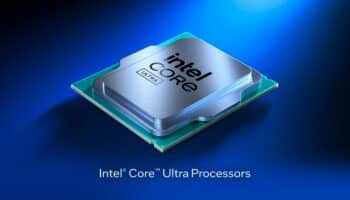 Intel 15th Gen Core i5-15400F (Core Ultra 5 240F) Specs Leak Out: 20A Chips in 2025?
Intel 15th Gen Core i5-15400F (Core Ultra 5 240F) Specs Leak Out: 20A Chips in 2025?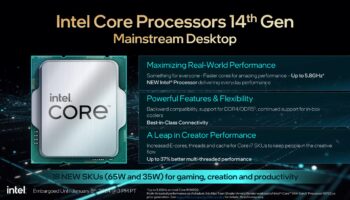 13th Gen i9-13900K is ~30% Slower at Intel Spec than Board Partner “Optimized” Power Limits
13th Gen i9-13900K is ~30% Slower at Intel Spec than Board Partner “Optimized” Power Limits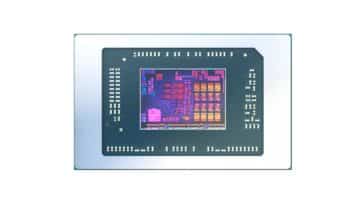 AMD Ryzen 9000 “Strix Point” CPU: Nearly As Fast as Intel’s Core Ultra “Meteor Lake” at 1.4 GHz
AMD Ryzen 9000 “Strix Point” CPU: Nearly As Fast as Intel’s Core Ultra “Meteor Lake” at 1.4 GHz